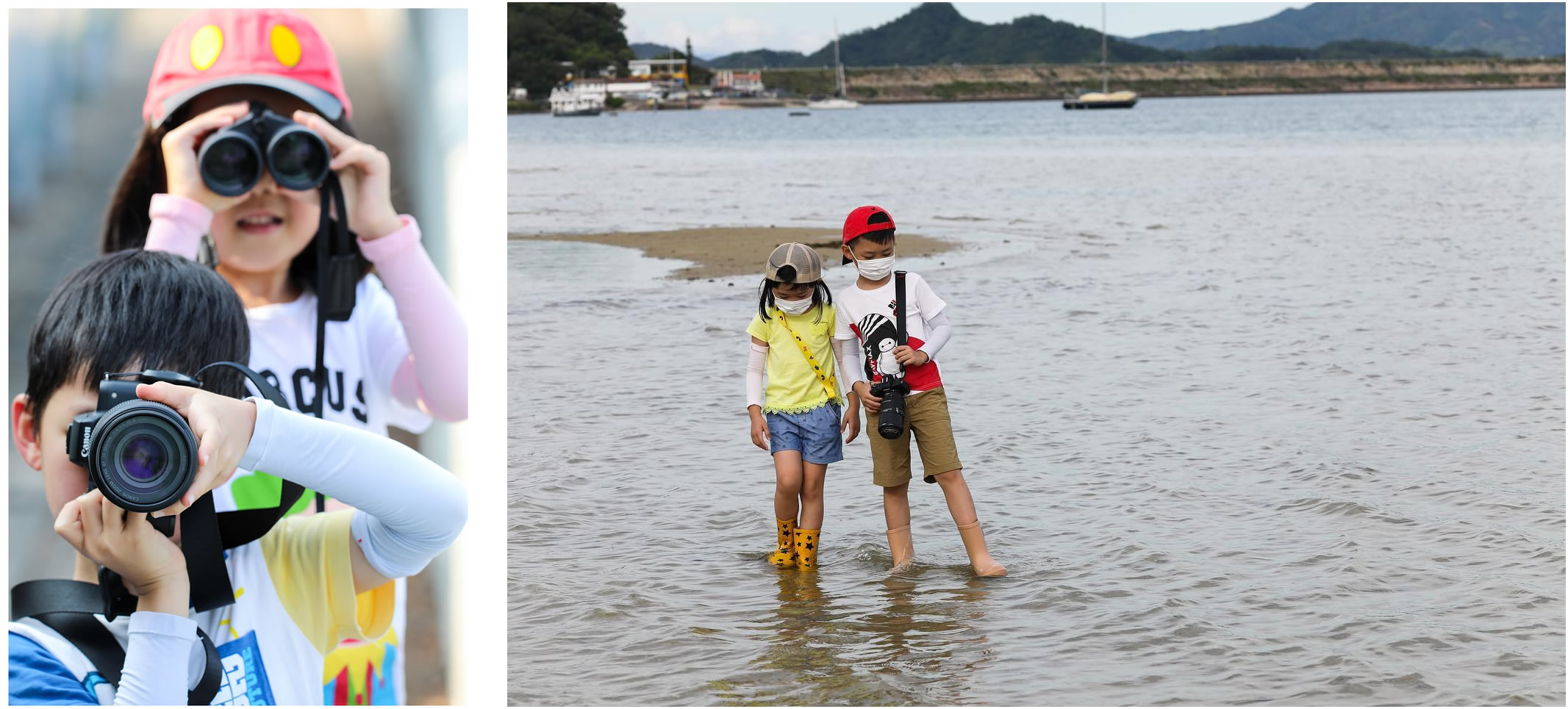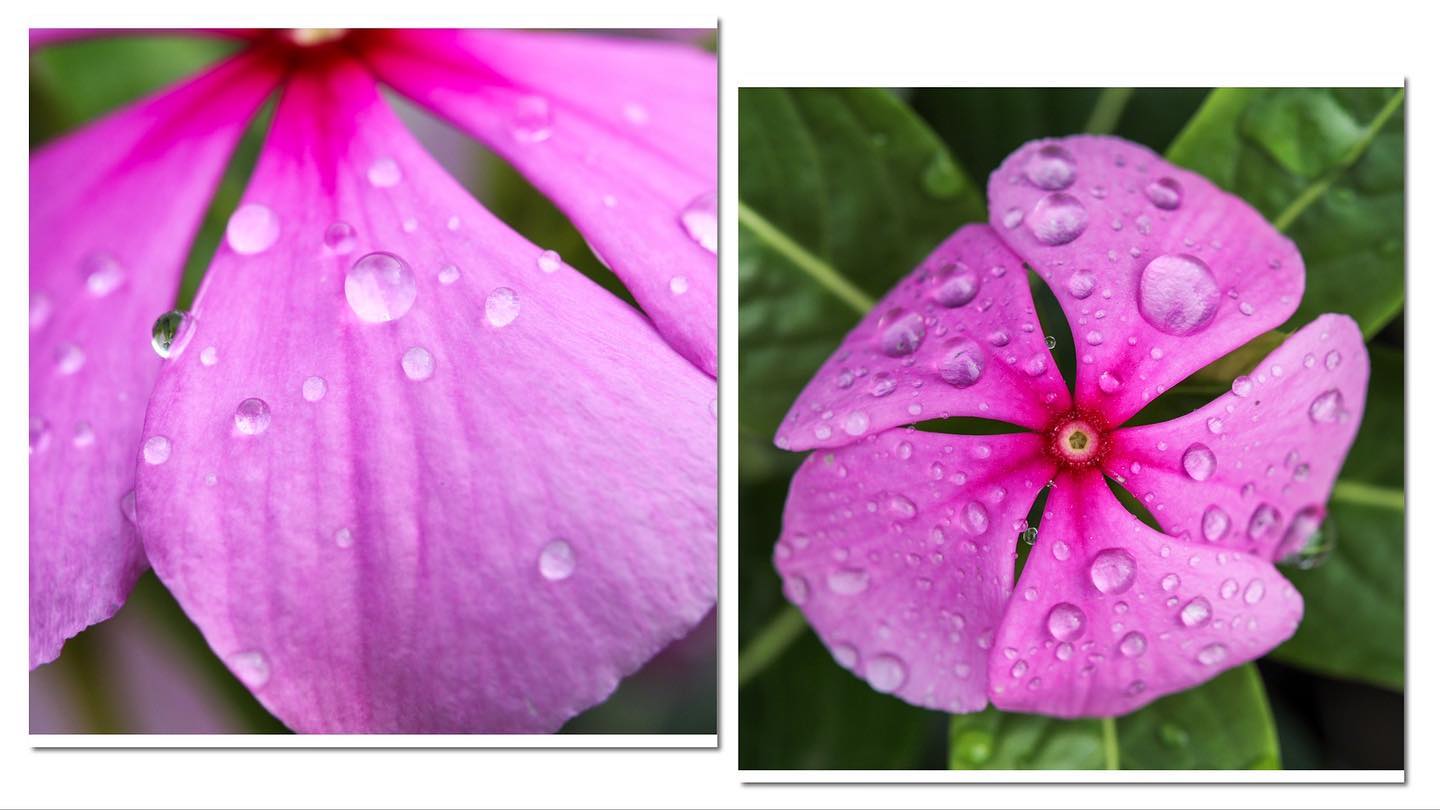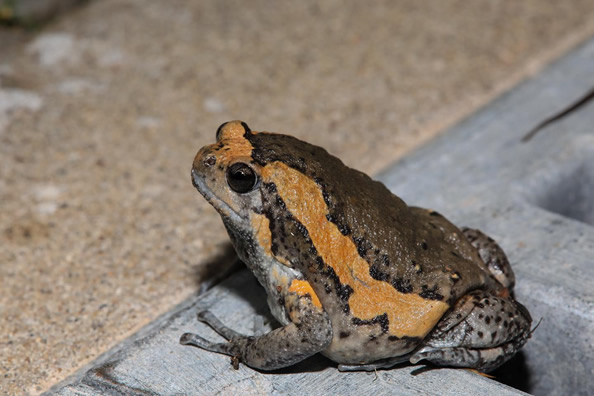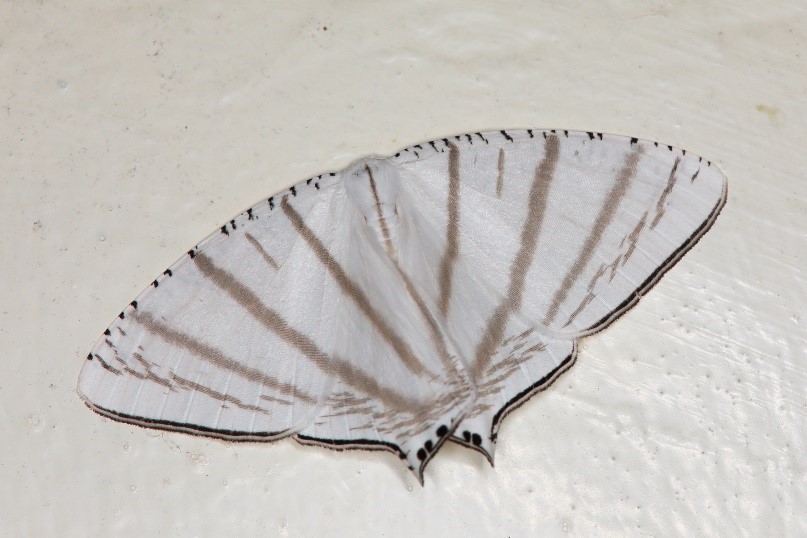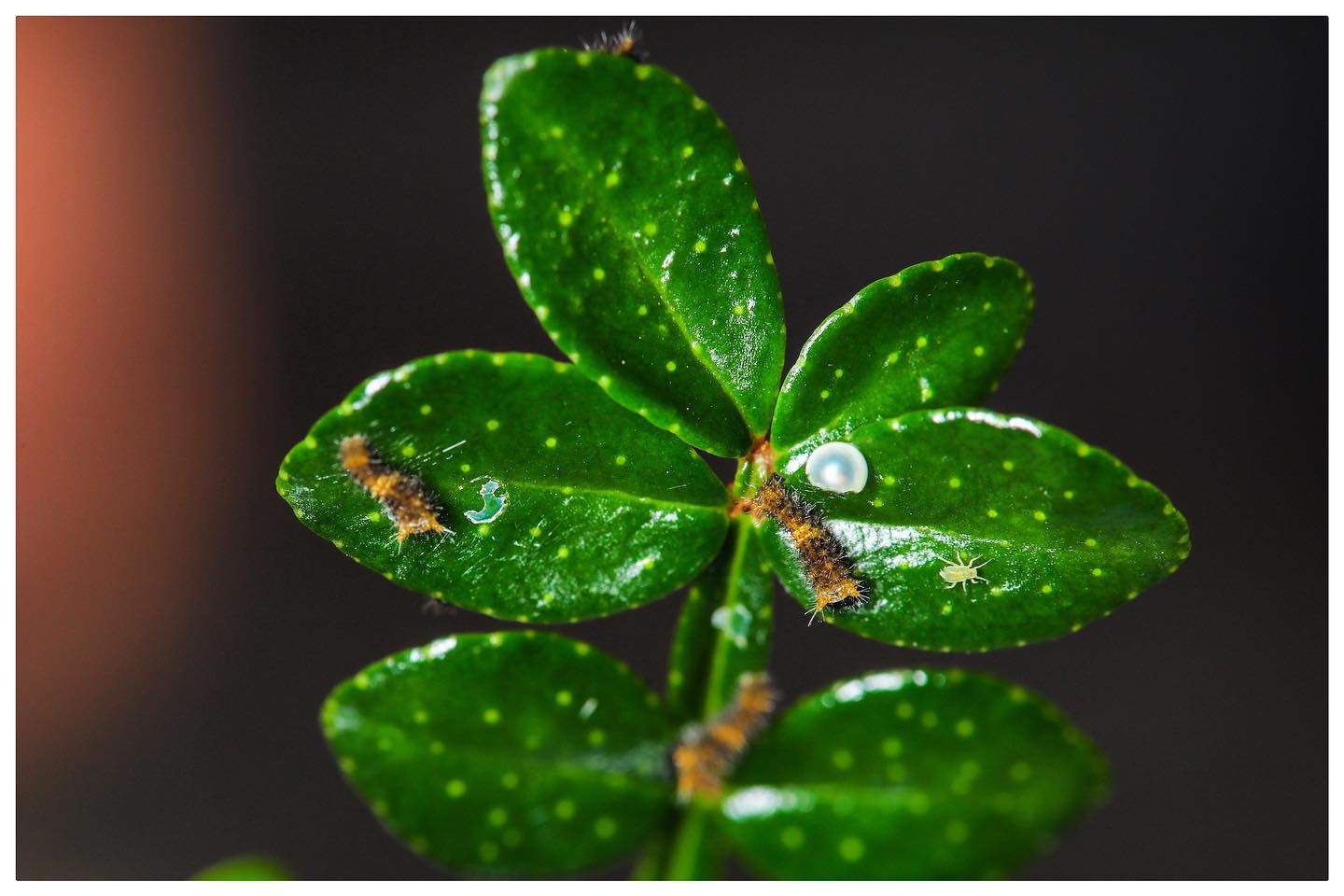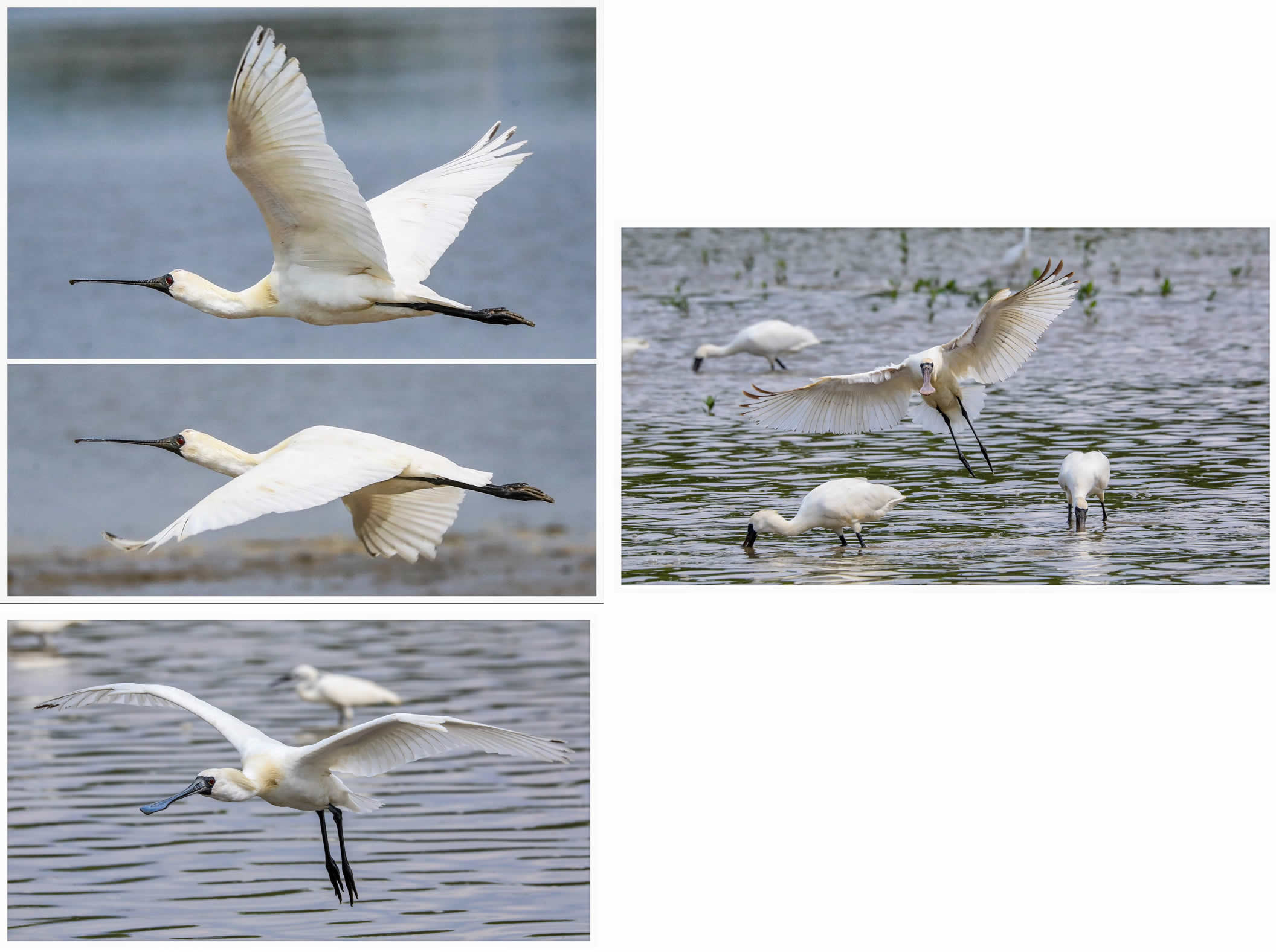Learning from nature
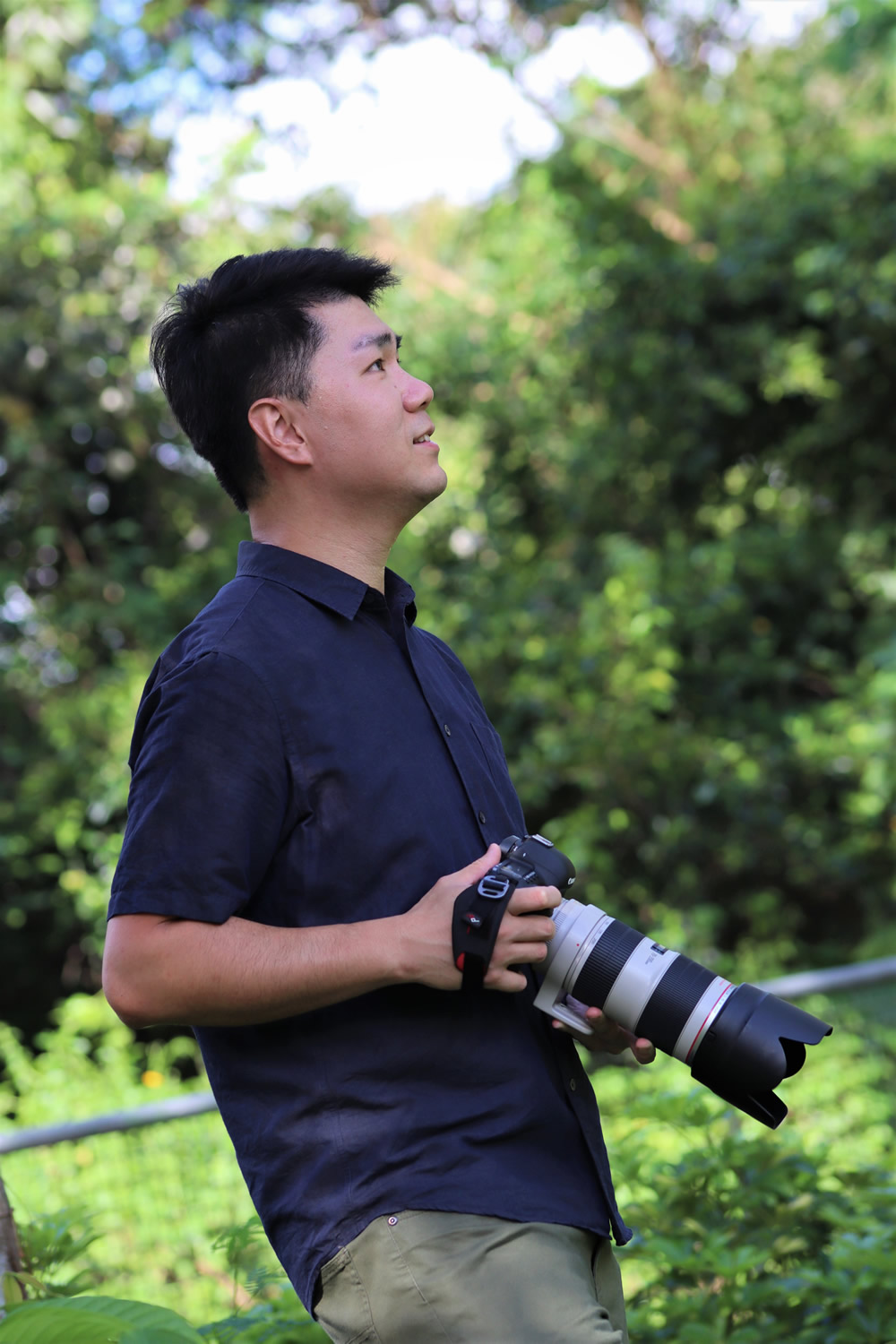
Dr Li Wai-chin,
Associate Professor at the Department of Science and Environmental Studies
I studied plant taxonomy during my undergraduate studies. Our teacher encouraged us to pay close attention to the different features of the plants we came across in our daily lives. He said this would help us recognise plants more easily. Taking his advice, I started looking at the trees we passed by while I was on the bus. And whenever I was in a park, I would pay attention to the flowers and plants there. Since then, observing plants has become my favorite pastime. Every time I look at a plant, I am amazed by its intricacies, and my desire to learn more about nature grows.
After earning my bachelor’s degree, I went on to do a PhD. The research focus of my PhD studies was about the relationship between heavy metals, plants and bacteria (with plant growth promotiong traits). During my PhD studies, I often went to mining areas in Hunan, Guangzhou and Zhejiang Provinces, China. I discovered that a plant called Sedum alfredii grew there despite the tough environment. In fact, S. alfredii has the ability to absorb heavy metals such as cadmium and zinc in the soil, and store and accumulate them in their leaves. It is difficult for plants to survive in mining areas because of the pollution caused by mining activities. But for S. alfredii, the more the soil is contaminated by heavy metals, the better it will grow. It is like a scavenger designed by nature to clean the environment. The special ability of S. alfredii not only surprised me, it also showed that in creation, different species have different roles to play.
After completing my PhD thesis, I continued to work on plant-related research. I joined EdUHK in 2012. At EdUHK, my research has mainly focused on soil microbiology, plant physiology and root anatomy, soil heavy metal pollution and remediation, all of which are related to plants. More recently, environmental conservation and sustainable development have become the topics I am most concerned about, and one of my current research focuses is the pollution of rice by heavy metals and the related food safety issues.
Because of industrial development and urbanisation, many paddy fields on the Mainland have been polluted. According to our research, heavy metal pollutants can be detected in soil and rice samples collected from paddy fields as far as one kilometre away from the mining area. These pollutants have a profound impact on food safety and human health. I am working closely with a research team from a university in the Mainland to find rice cultivars that accumulate fewer heavy metals and produce high yields. If paddy farmers are willing to raise these alternative cultivars, the amount of heavy metal pollutants that enter the food chain will be reduced. Our team has also tried to add biochar and organic additives to the soil to improve the quality of the soil, thus increasing the yield of the paddy fields.
Plants have become a big part of my life. However, it was not until the outbreak of the pandemic that I got the opportunity to really connect with nature. In the past, I studied plants for research purposes. Since the outbreak, I have had more time to go to the countryside with my family, not for my research but just to relax. Being in nature and relaxing by watching animals and looking at plants, I began to appreciate the beauty of nature even more and learnt more about Mother Nature.
I have a son and a daughter. When I take my children on outings, I encourage them to notice the details and patterns in the plants they see, whether that is a small blade of grass or a big tree. I also encourage them to use their senses to explore their surroundings. Children are influenced by their parents, so when they see me smelling a flower, they will also smell it. Through these experiences, my children are learning to use their eyes to see, their ears to listen, their noses to smell, and their hands to feel the things they find in nature.
During every family outing, I use my camera to take pictures of the beautiful scenery: a small insect, a blossoming flower, an old tree or a cloud. I share these photos on social media, so other people can also appreciate the ‘art’ that is nature. I bought a camera for my children too so they can capture the beauty of nature. Besides taking them to the countryside, I converted the open and outdoor spaces at home into a small butterfly garden to give my children more opportunities to learn about nature. Together, we observe the insects as they go through the various stages of their life cycle: from small eggs to caterpillars and pupae to beautiful butterflies. It is so exciting to see caterpillars eating leaves and butterflies dancing among flowers. Listening to my children share their thoughts and photos, I have realised that children sometimes connect on a deeper level with nature than adults.
Besides going on outings with my family, I also organise many outdoor activities and field trips for colleagues and students, alumni and friends. Busy work schedule and fast pace of life often put urban dwellers under immense pressure. Having lived with the pandemic for such a long time has further aggravated the situation and has left many in bad spirits. If we take a stroll in the countryside, however, and allow ourselves to be surrounded by animals and plants, and embraced by nature, I believe even tensest of people would unwind.
People are used to calling Hong Kong a concrete jungle, but the truth is there are many breathtaking sights not far from the city. Although Hong Kong is small, its countryside boasts a rich diversity of flora and fauna. According to the WWF, our city is home to almost 3,000 varieties of flowering plants. More than 2,000 moth species, 110 dragonfly species and 230 butterfly species also live here. We practically live in a classroom where we can learn about different kinds of animals and plants.
For teachers and students at EdUHK, nature is just a stone’s throw away from us. Our campus is nestled in the mountains. Working and studying in the greenery and tranquillity of the campus connects us with nature. In 2019, I participated in the worldwide City Nature Challenge with my fellow colleagues and students. At our campus, we have recorded over 1,270 observations of 380 species of plants, insects, birds, fungi, amphibians and such. Among them, there are 109 butterfly species, and more than 10 amphibian species. EdUHK’s campus is clearly surrounded by incredible biodiversity. We should really cherish our university which is so close to nature. After finishing our work and lessons, we should spend more time paying attention to the flowers, plants, trees, birds, animals and insects found on and around our campus, and appreciate the beauty of nature.
Nature not only helps us to unwind, it can also inspire us. I have been observing plants for many years because of my research and my affinity for nature. I realised that plants have a superb ability to resist adversity. When hiking on hilltops that had been ravaged by wildfires, I find that there are always plants sprouting from the scorched earth – you may have noticed this too. In fact, no matter how adverse the environment is, there are always plants that grow. Plants are vital. Plants are very patient – a seed buried in the ground will wait for years for the right moment to sprout. Observations like this really surprise me and are humbling. Human beings have much to learn from nature.
My family members and I live on campus. Sometimes, when work pressure starts getting to me, I take a stroll at night and walk to the ecological garden nearby. Hearing the sound of the frogs and smelling the fragrance of the flowers helps me regain my strength. It is a blessing to be able to learn from and live with nature this many years. Everything about nature amazes me, from a small weed by the roadside to a big tree in the forest. Every time I stand on top of a mountain or in a valley, every time I see clouds float by in the sky or water flow in the streams, each time I hear the sounds of insects and frogs or smell the fresh air, I am inspired by the beauty of nature and the miracle of life. I hope that one day, you can also appreciate the beauty of the countryside and share with us how nature has inspired you.

